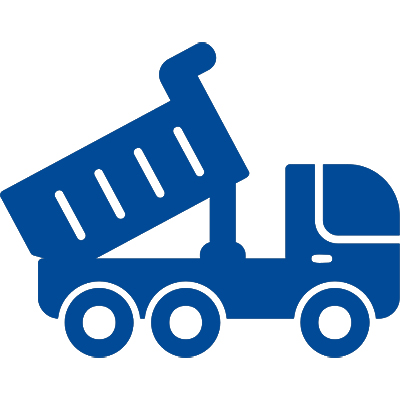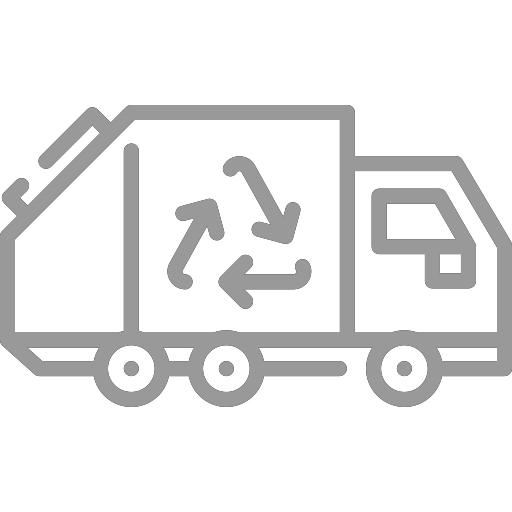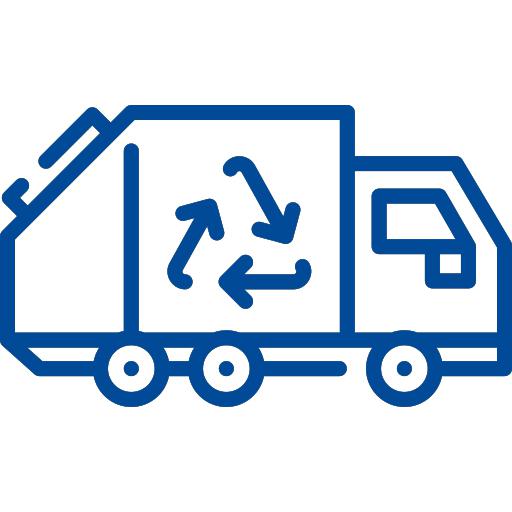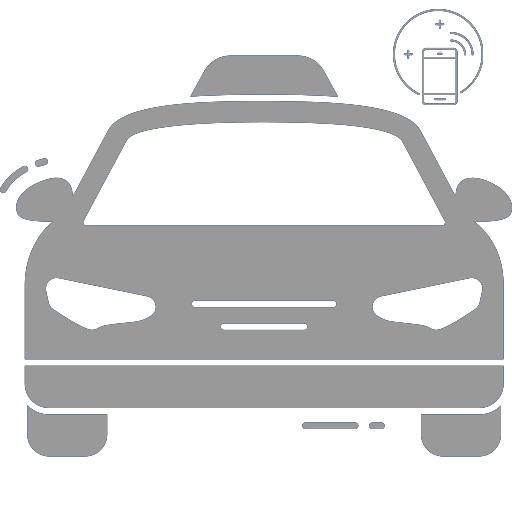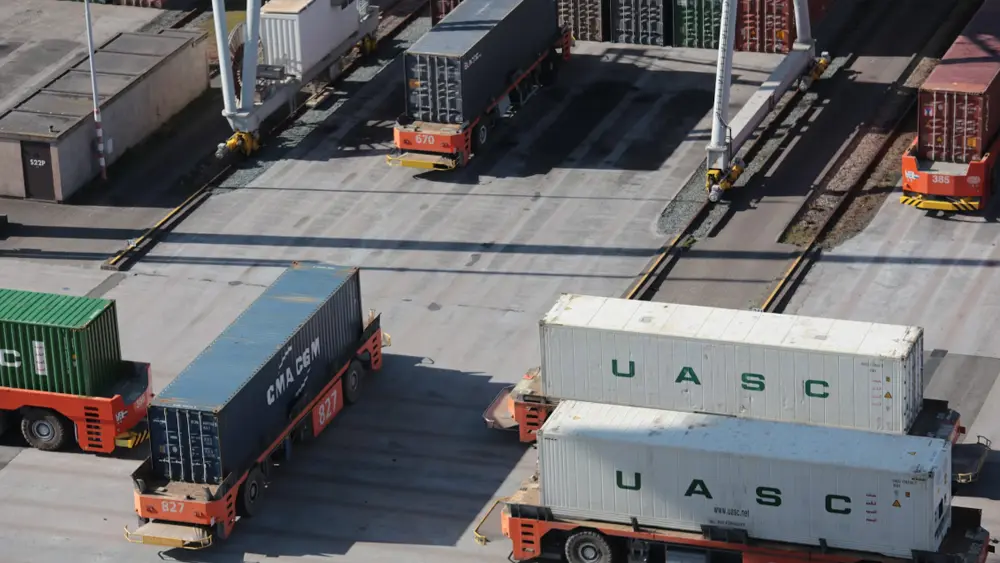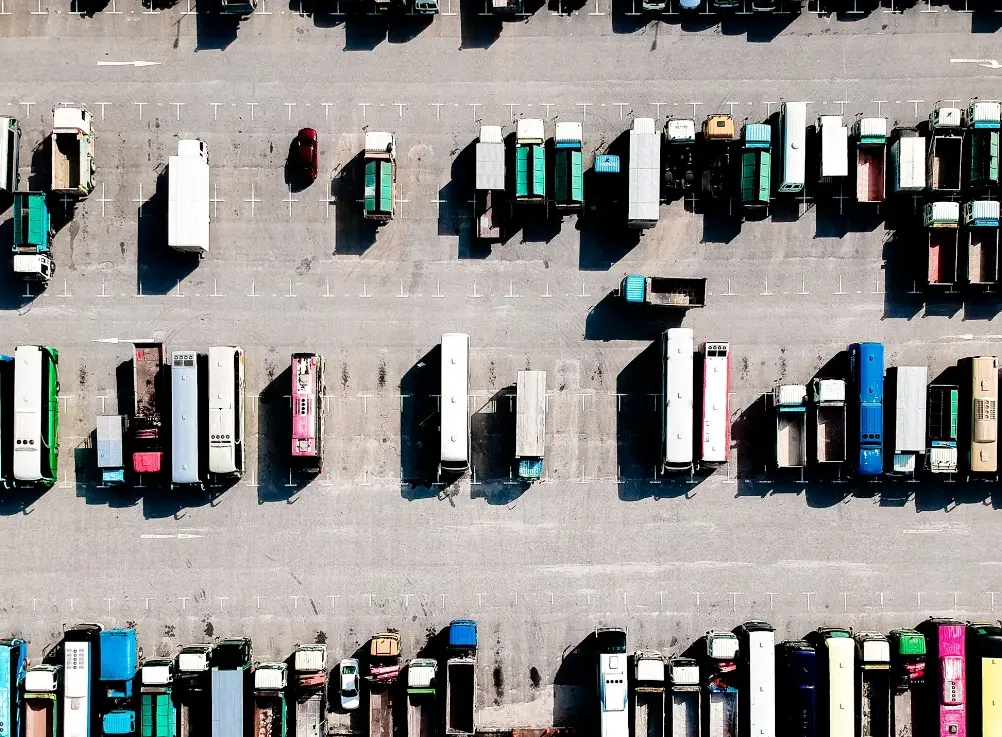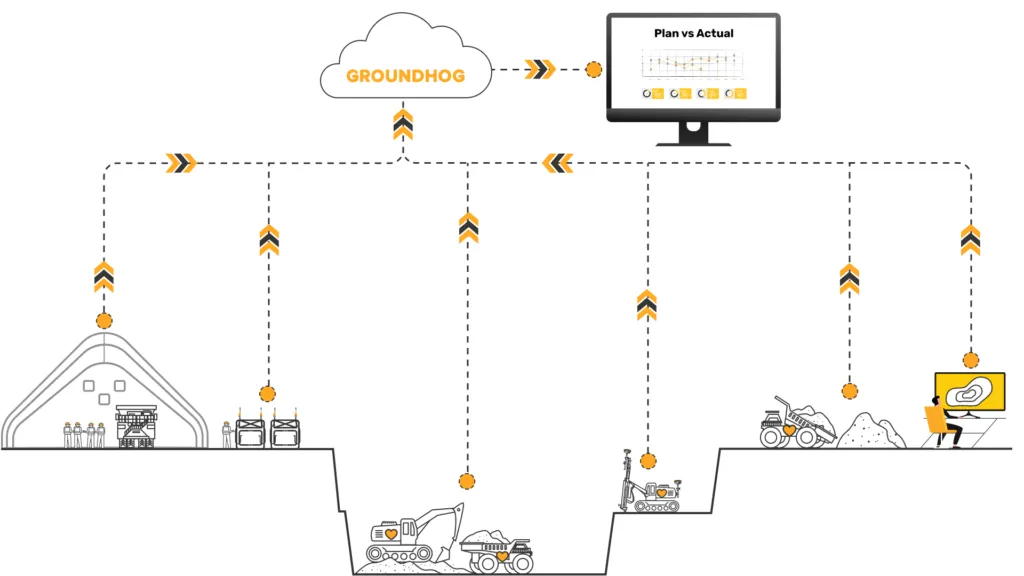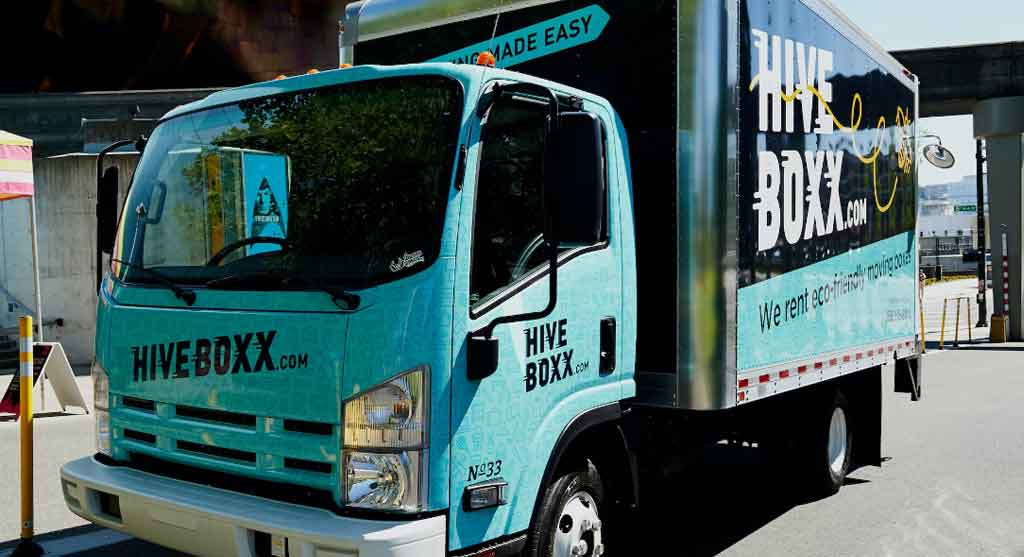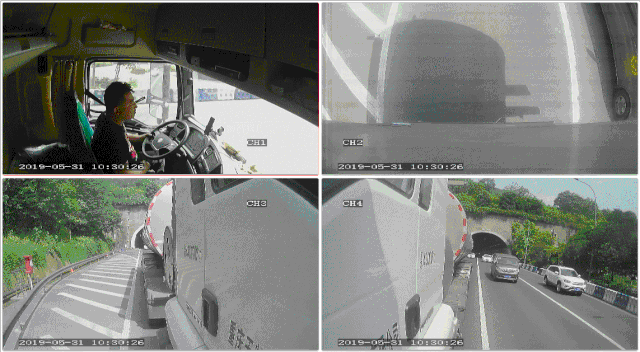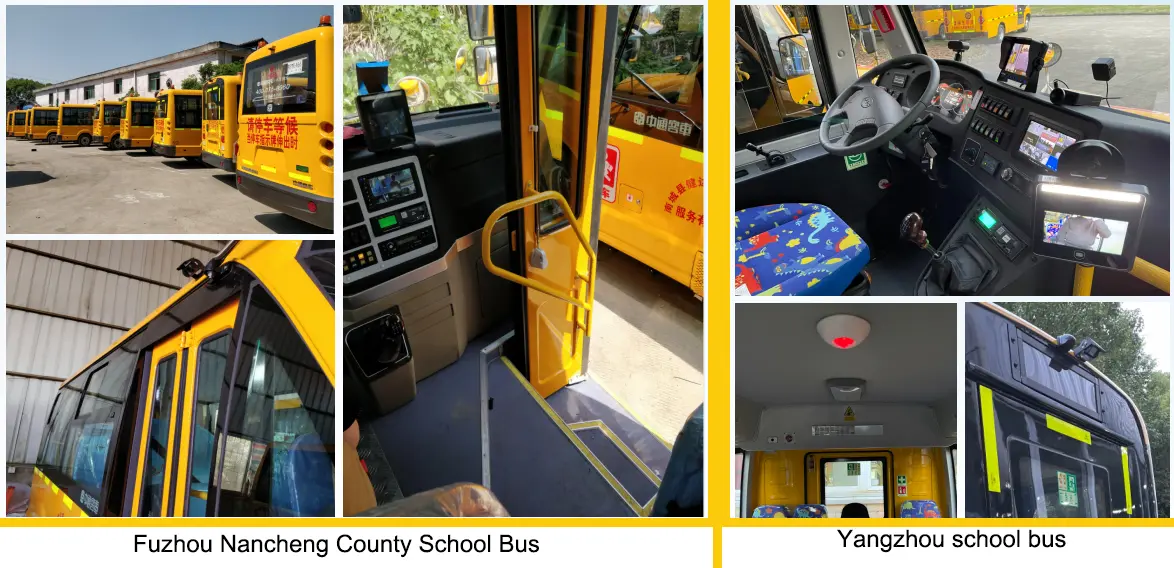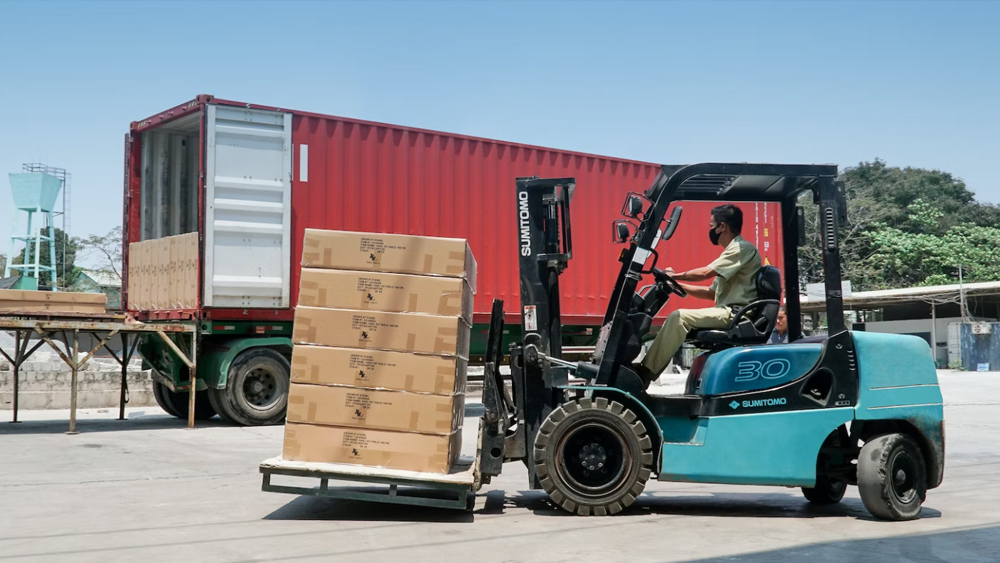AIRPORT Vehicle Fleet Management
Airport fleet management challenges
1. There are various types of vehicles and business categories in airport operations, including aircraft tow tractors, baggage handling vehicles, passenger shuttles, de-icing and snow removal vehicles, maintenance vehicles, and other special vehicles. At any given moment, there may be hundreds of vehicles in operation, requiring efficient and scientific management.
2. There are multiple traffic regulations. Within the airport premises, all vehicles must adhere to the traffic rules set within the airport, such as designated roads, speed limits, and aircraft right of way.
3. The traffic is complex. Ground traffic within the airport is intricate, with vehicle lanes often crossing paths with aircraft lanes, posing risks of accidents involving vehicles, aircraft, and personnel.
4. Management efficiency is low. When there is a high volume of traffic within the airport, vehicle dispatching efficiency is slow, often leading to congestion and queues, resulting in low utilization efficiency of special vehicles.

Yuwei Vehicle tracking management system
There is an integrated intelligent management solution for airport vehicle by YOUWEI Information. This solution utilizes technologies such as high-precision positioning, intelligent video driving assistance, and real-time communication to achieve accurate positioning of airport vehicles, vehicle tracking, trajectory playback, real-time video streaming, and monitoring of factors such as crossing boundaries, speeding, fatigue driving, too close distance, and collisions with alarming alerts. Additionally, it includes parking sign recognition, serving the purposes of enhancing transportation safety, facilitating management analysis, and supporting business operations.
RTK High-Precision Positioning
Based on location services, it enables fast tracking and accurate positioning of vehicles, providing information on driving routes, historical trajectories, etc. Electronic fences can also be set up to define driving areas and speed limits. This facilitates the understanding of vehicle flow and driving trajectories, allowing for effective management and optimization of traffic flow.
The high-precision single RTK inertial navigation device solution, K5-P, achieves sub-meter level positioning accuracy.
Airport Parking Sign Recognition
Various vehicles driving within the airport premises are required to stop and observe before proceeding when they reach the "STOP" sign.
The front-facing ADAS camera on the vehicle continuously detects the road's stop line sign in real-time. Upon detecting the "STOP" sign, the terminal immediately provides a voice reminder to the driver. If the driver fails to stop and observe, an alarm is reported to the monitoring platform.
The detection algorithm achieves an accuracy rate of over 95%.
Intelligent Video - BSD
Supports intelligent video features such as 360-degree surround view, ADAS (Advanced Driver Assistance Systems), DSM (Driver State Monitoring), and BSD (Blind Spot Detection). It provides real-time audio and video monitoring, as well as alerts for dangerous driving behavior, assisting drivers in ensuring safety.
BSD (Blind Spot Detection):
Optional detection for left, right, front, and rear blind spots, offering extensive coverage.
Detects situations near the vehicle and provides three-level proactive warnings and alarms.
Can be equipped with in-vehicle displays and external audio-visual alarms to alert both the driver and individuals outside the vehicle to maintain a safe distance.
Can be combined with camera protection to adapt to various working environments.
hnweb_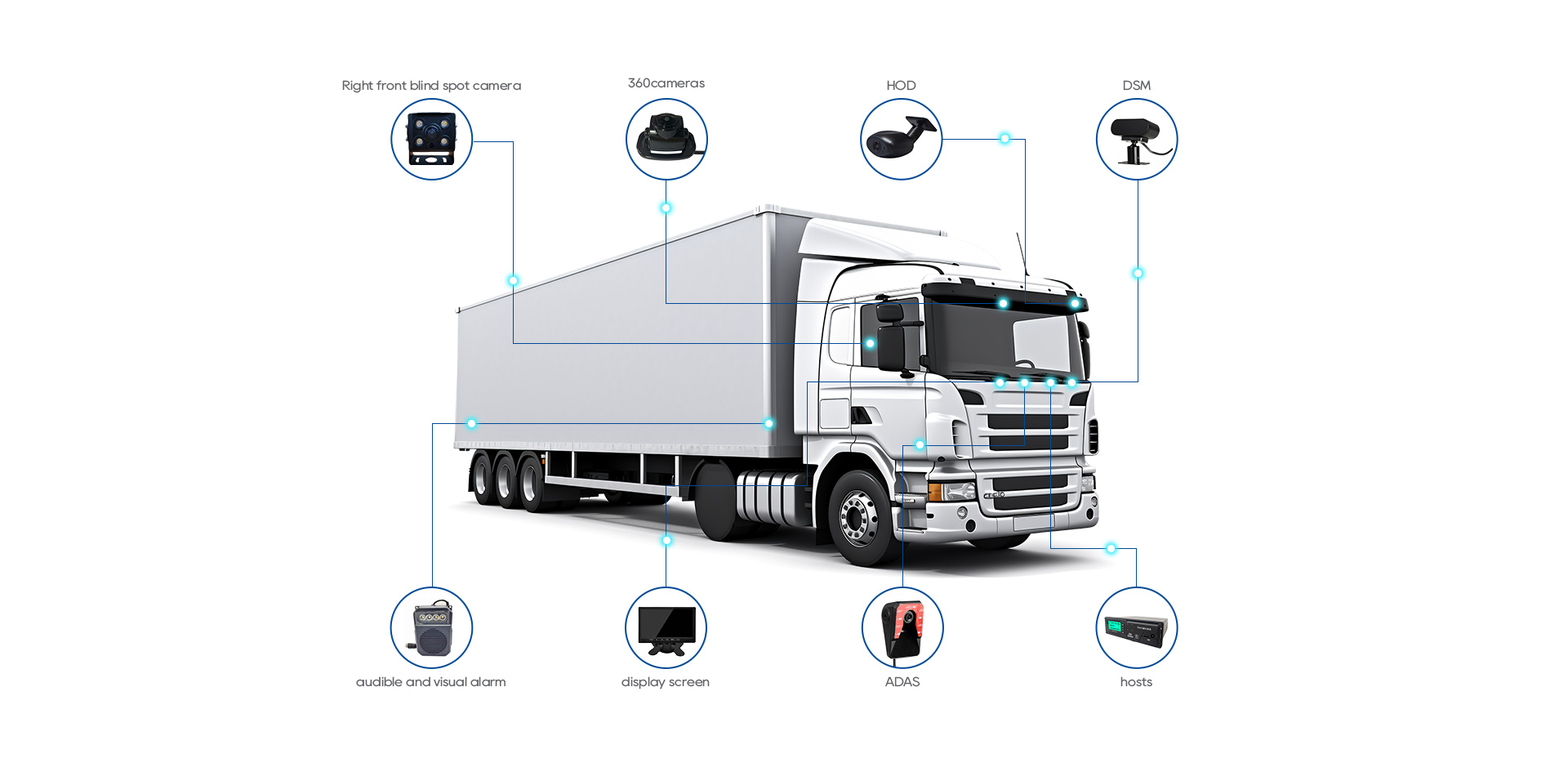
Command and Dispatch
Various instructions can be issued through the platform or using voice intercom, aiming to improve vehicle utilization and reduce fleet operation costs.
Comprehensive Management Analysis
01.High-precision Positioning Monitoring: Quickly track and locate vehicles accurately, understand their flow and driving trajectory.
02.Driving Area Management: Route planning for driving areas and records of vehicle entry and exit, with notifications for boundary crossings.
03.Driver Identification: Verify driver qualifications, strengthen personnel management, and enhance safety awareness.
04.Driving Safety Alarms: Encourage standardized driving, remind drivers of safe driving practices, avoid fatigue driving, speeding, blind spot collisions, etc., and enable emergency coordination.
05.Voice Communication and Command: In special situations, communicate with backend personnel through the terminal to facilitate on-site situation reporting and receive remote guidance from the backend.
06.Information Analysis and Management: Vehicle maintenance and regular inspections, identification of potential driving safety hazards, transportation dispatch and business management to improve vehicle utilization. Scientific management of transportation operations, trip analysis, violation statistics, and other information.
















